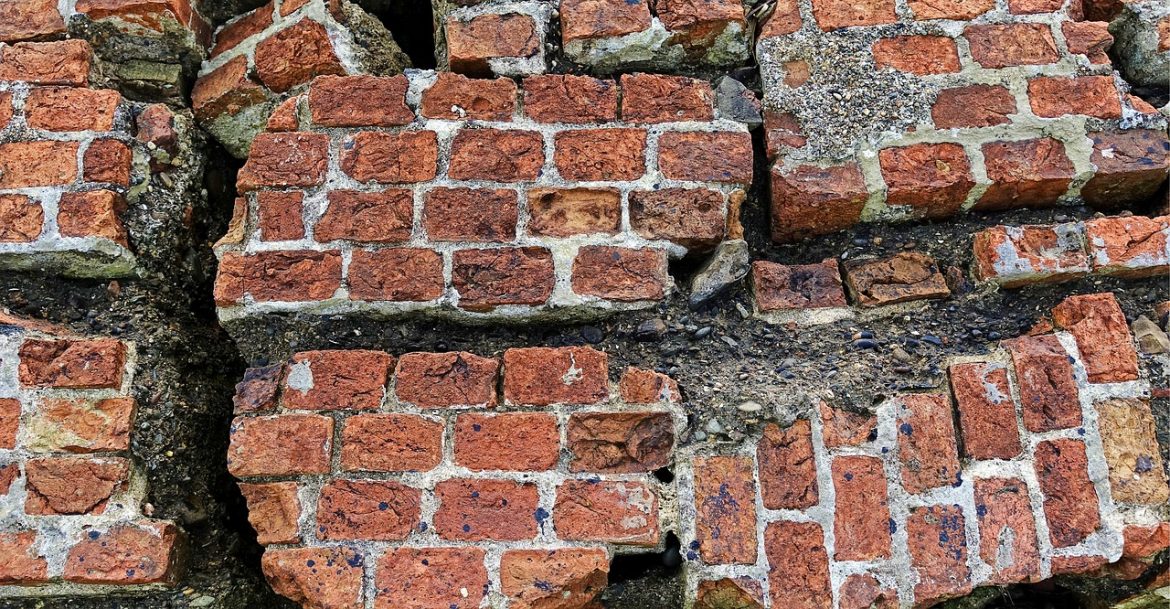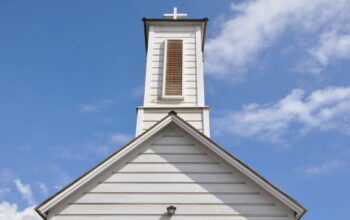Every time I read or hear about another earthquake, I pay close attention to the number quoted on the Richter scale.
Hilo Hawaii, 1975, 7.3 Richter scale
As I lay in my Hilo Hawaii guest bedroom, surrounded by windows on three sides, the bed began to shake. Then rattle. The clock enclosed in a marble case crashed on the table behind my head.
I covered my head with my pillow, shut out the dawn light. And shook some more. The earthquake lasted about 60 seconds.
A small tremor—4.3 on the Richter scale–had woken me two hours earlier. A ‘little one’ I was told.
My Thanksgiving holiday host, the man who engineered and supervised roads on the Hawaii ‘Big Island,’ had a message for me when I got out of bed. “Now, that was a big one.” A few minutes later, the radio announced “a seven point three on the Richter scale.”
The night before my host showed me how his wife had glued her bottle collection to the top of the cupboard. And how, two years before, an earthquake had damaged two bridges on the island.
Son Kelson and his University of Hawaii sailing teammate Longie came from their bunk beds, shaken into an earlier-than-usual awakening.
“I told Kelson to just hold unto his bunk and not fall on me,” Longie said. Longie’s aunt was also visiting from California. She said, “I just stood in the doorway and braced myself.” I got the message that anyone in California would know the safest structure in the house.
Our two-hour inspection drive showed little damage to the island roads. But the Kilauea lava crust we walked across the day before had erupted. Three nearby beach campers had been pulled into the sea by the ‘little’ tsunami. They swallowed the sand churned into the water, but survived.
When I wrote up my 1975 account for the Abilene newspaper, the Texans thought my first earthquake story was worth a half-page spread.
And in 1995, when I was two miles from an earthquake in Los Angeles suburbs, the quake story made the front page. I don’t why. Quake only registered 4.2—on the Richter scale.
Photo Credit: Andrew Martin



